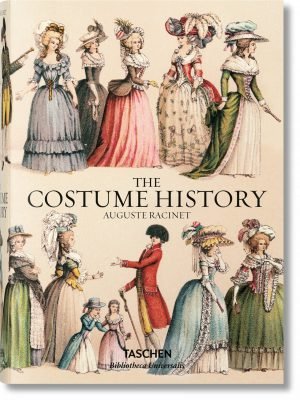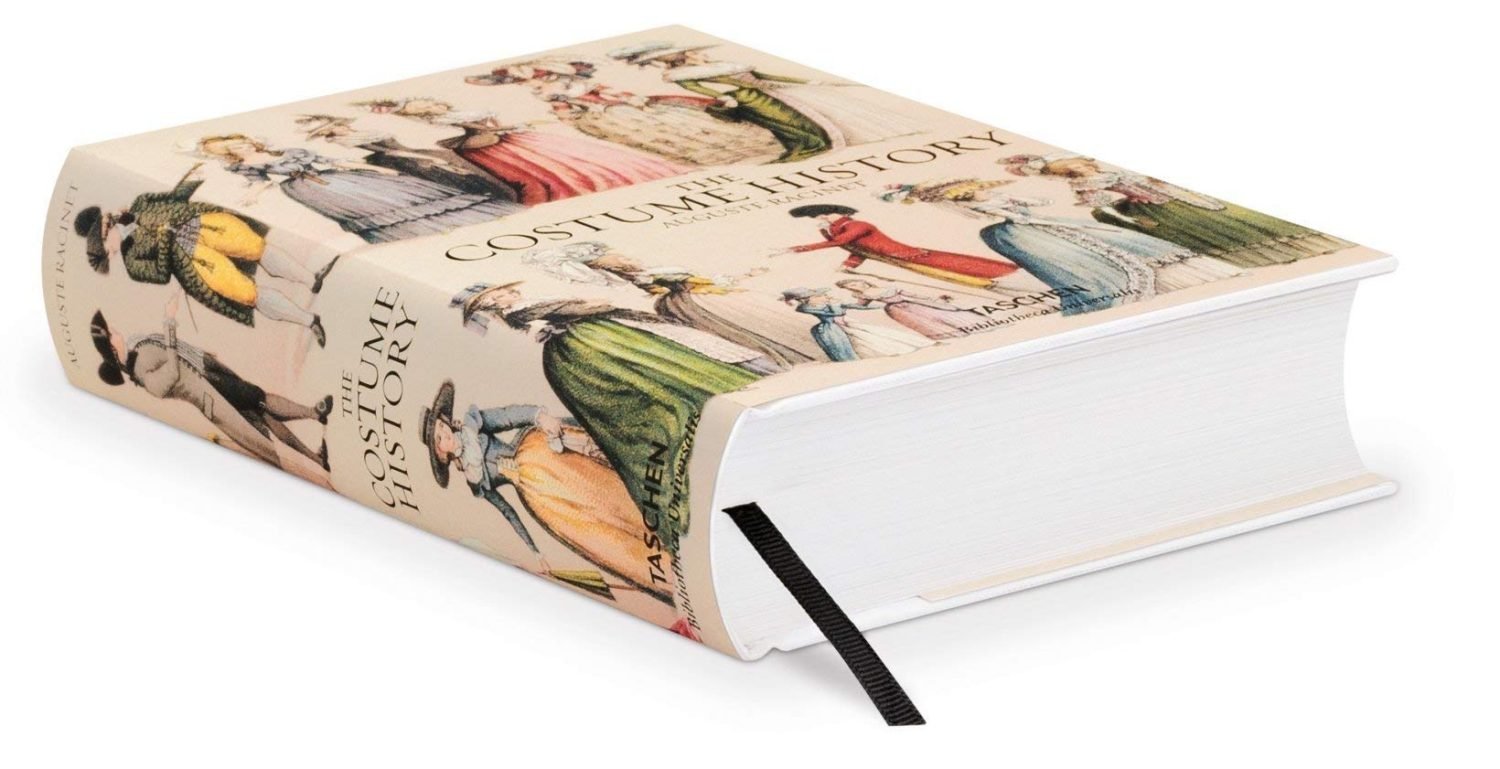The citizens’ costume of the Romans. The Togatus. The Roman toga of the imperial period. The different types. The drapery. The stola, the pallium or the palla of the women.
Tag: Ancient sculpture
Assyrian and Persian Art. Examples of Decoration, Ornamentation.
Assyrian and Persian Art of Nineveh and Persepolis.
Figures of Ecclesiastics of the cathedral of Chartres.
The Cathedral of Chartres, founded in the earliest times of Christianity in the west, is remarkable for the many misfortunes it has sustained.
Ancient Egyptian Art. Brockhaus encyclopedia. 14th Edition.
Wooden statue of a man (around 2600 BC). Sphinx of red granite (XIII dynasty). Family Group (XIX to XX. Dynasty. 1450-1150 BC).
Early Cretan Libation Vessel
Early Cretan libation vessel, found at Crete, New Palace Knossos.
Ancient Theatre Masks. The masks of Tragedy and Comedy.
A hallmark of the tragic and grotesque theater in ancient Rome were the colorful and expressive masks (caricature).
The Sphinx, sister of Hydra, Chimera, Kerberos, and Orthos.
Ancient Greek mythology. The Sphinx was considered a demon of destruction and doom.
Hermaphroditos, the son of the god Hermes and the goddess Aphrodite.
A terminal statue of an Hermaphrodite. The human body extends downwards as low as the hips, whence it gradually assumes the form of a square pilaster diminishing in size towards the base.
Pan with a human body and the legs of a goat. Follower of Bacchus.
The scholars and writers on antiquities, up to the time of Winckelmann, apply the term Fauns to the human figures with tails and pointed ears, while they term the figures with goat’s legs sometimes Pans, at other times Satyrs.
Statue of Ceres, the Roman goddess of agriculture, fertility and marriage.
A statue of Ceres, crowned in the manner of the Egyptian Isis. This figure is clothed in a very long and ample tunic descending quite to the ground, leaving visible only the extremities of the feet; the sleeves are extremely full, falling down to the elbows, and fastened, along the upper side of the arms, only by fibulae.

Auguste Racinet. The Costume History by Françoise Tétart-Vittu.
Racinet's Costume History is an invaluable reference for students, designers, artists, illustrators, and historians; and a rich source of inspiration for anyone with an interest in clothing and style. Originally published in France between 1876 and 1888, Auguste Racinet’s Le Costume historique was in its day the most wide-ranging and incisive study of clothing ever attempted.
Covering the world history of costume, dress, and style from antiquity through to the end of the 19th century, the six volume work remains completely unique in its scope and detail. “Some books just scream out to be bought; this is one of them.” ― Vogue.com











